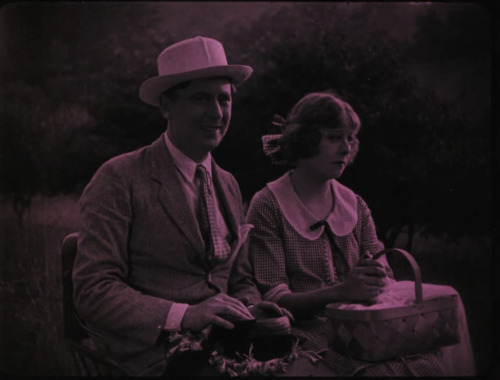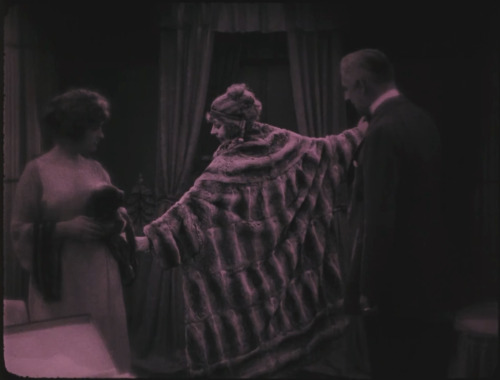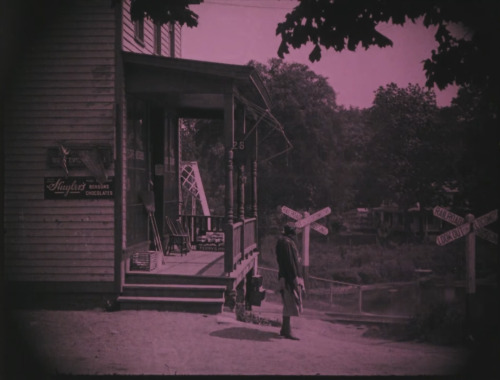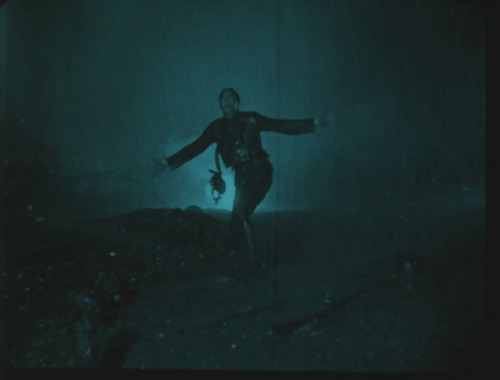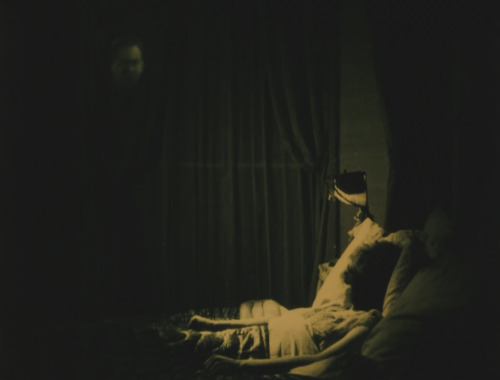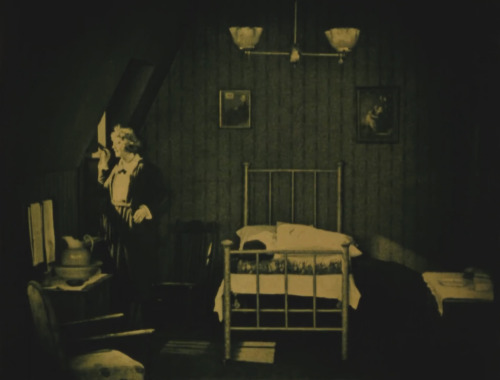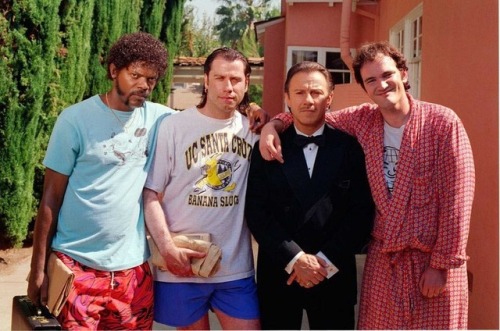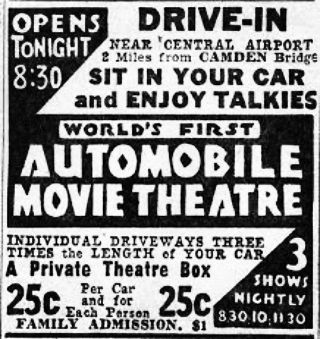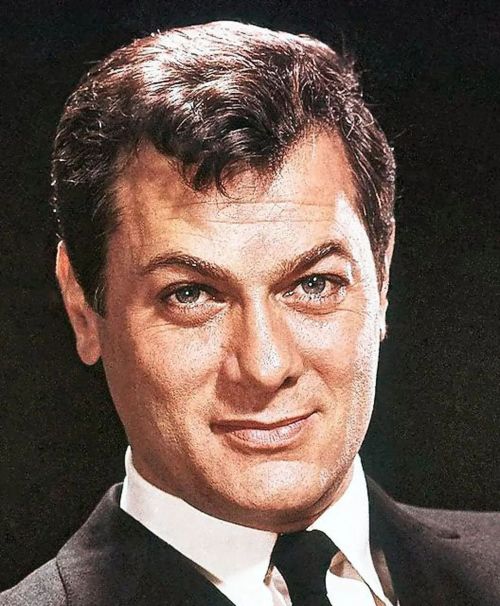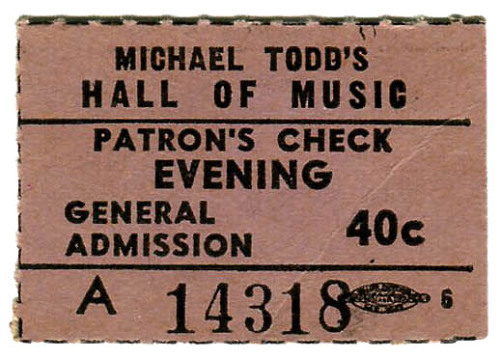#movie history
1922 in 2022: Back Pay(1922)
Directed by Frank Borzage
Adapted for the screen by Frances Marion
Based on a story by Fannie Hurst
Photographed by Chester Lyons
Produced by Cosmopolitan Productions
Premiered on 8 January 1922
Synopsis:
Hester Bevins (Seena Owen) dreams of a bigger, more extravagant life than her small-town home of Demopolis can offer. When Hester decries her flannel and gingham lifestyle to her beau, Jerry (Matt Moore), he doesn’t take her seriously. Regardless, once Hester has the scratch, she moves to New York City. There, she toils in obscurity for a few years before she lands a tycoon boyfriend, Wheeler (J. Barney Sherry). Though Hester has settled into the lap of luxury, she hasn’t forgotten her roots. Hester returns to Demopolis for a spell while on a road trip with Wheeler and friends. There she finds the whole town has forgotten her, except for Jerry. Jerry still insists Hester belongs in gingham and with a heavy heart she rejects him again and returns to the city. Normal life resumes for Hester, while Jerry enlists to fight in World War I. After Hester discovers that Jerry has returned to the States wounded, she rushes to the hospital and is informed that he only has three weeks to live. Hester thinks up a scheme to make the most of his last days by marrying him and convincing the now-blind Jerry that she’s living in a humble one-room apartment on earnest wages. She easily gains Wheeler’s agreement to support this arrangement. The pair live out an imitation of Jerry’s modest domestic fantasy until Jerry’s death. Hester unexpectedly finds that she is unable to return to her former life. Hester is haunted by the spectre of Jerry and feels guilty for her ruse. After her maid foils an attempted suicide, Hester resolves to become the person Jerry believed she was. Hester moves into a dingy one-room apartment, reclaims her old job, and is determined to pay for Jerry’s funeral with money she earned “honestly” as a final act of atonement.
My Impressions:
There was a lot I liked about this movie, and I really enjoyed Seena Owen’s performance, but the morality of the story was so shallow that it left me frustrated.
There’s not much information online about the movie, so I tried to scan through movie magazines from the time with little luck. Then I ended up finding a contemporary review cited on Back Pay’s Wikipedia page! The reviewer, James W. Dean, was also disenchanted with the hollowness of the film. Dean was already familiar with the story from the original publication (in Cosmopolitan Magazine in 1921) and from the stage play which was running while Back Pay was produced and released. And, according to Dean, the movie adaptation gutted the substance of the story. This spurred me on to find a copy of the original story and golly was Dean right!
In the story, Hester’s childhood in Demopolis is recounted in a way that deeply informs the choices she makes as an adult. Hester was raised by a protective aunt who also happened to be running an adult establishment out of her home. These childhood experiences shape Hester’s view of men and her expectations of life. This also frames Demopolis as less of a sleepy, idyllic bit of Americana. The film contains no hint of Hester’s life before the plot commences.
The film also whittles down the character of Wheeler, who in the story has a wife and child he’s double timing. He’s also searingly referred to as a “parlor patriot.” As the war rages abroad, Wheeler is specifically described as a war profiteer. When Hester asks him to do a solid for a disabled veteran, she even mentions that it’s only right seeing how much money he’s made off the war!
There isn’t much different about Jerry between the two versions of the story, aside from some blatant anti-Semitism is the original story. Honestly, even with the bigotry removed, I found it hard to like a character whose main trait is invalidating his girlfriend’s self image.
While the original story also tackles morality and guilt, the added depth of Hester’s psychology and the added shittiness of Wheeler make for a much more dynamic story.
So, I’ve ragged a lot on what was removed from “Back Pay” when it was adapted for the screen, but there is one addition that stuck with me. It regards Hester’s live-in maid. The maid isn’t a full character in either version of the story. But, if you remember from the synopsis, after the maid saves Hester’s life, Hester decides to up and leave. In other words, Hester abandons this very loyal woman in the early hours of the morning, leaving her potentially homeless and jobless with absolutely no prior notice. But, seemingly Borzage had some awareness of how completely insensitive this act was, because the camera lingers on the (unfortunately uncredited) maid looking anxious and despondent after Hester’s departure. This minimal moment is more thought given to that character than the original story, shockingly.
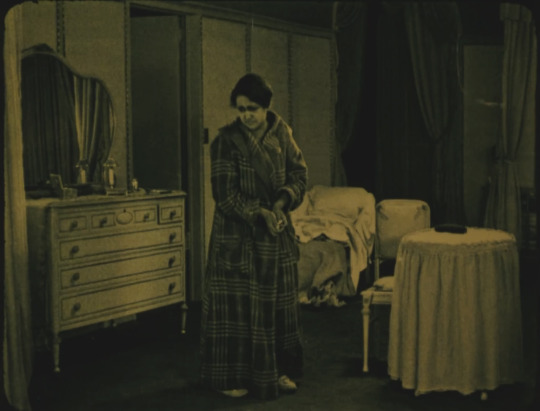
The aforementioned shot of the tragically uncredited maid.
Further Info: [below the jump!]
- Adjusted for inflation, the chinchilla coat that Hester wants Wheeler to buy for her would be $368,170.00 in 2022 dollars. Jerry’s funeral costs would be $8,848.63. (Although the movie is set some time in the 1910s, not 1922 so the numbers would be slightly different in actuality.)
- Back Pay was produced by Cosmopolitan Productions, which was owned by newspaper magnate William Randolph Hearst. The business model of Cosmopolitan was that it would have the film rights to the popular stories that ran in Hearst’s magazines and would also be able to promote the films in Hearst-owned publications. At the time Back Pay was made, Cosmopolitan’s films were distributed through Paramount.
- Back Pay was shot at Cosmopolitan’s New York studio located at Harlem River Park. The area used to contain an amusement park and casino. However, a year after Back Pay was released, while production ofLittle Old New York(1923) with Marion Davies was under way, the studio burned down. This precipitated the studio moving production to California.

Photo of Cosmopolitan’s studio c. 1923 from the HABG Task Force website.
The city block where the studio once stood (between 1st & 2nd and E 126th & E 127th in Harlem) was, until recently, a city bus depot abutting a bridge ramp. We often talk about how much has changed in Hollywood in the last century, but the old movie-making enclaves in New York and New Jersey have also changed massively! I bet the view across the river from the studio was lovely back then!

The block as seen on Google Maps in 2019. (Shoutout to this dude in a Dragon Ball Z t-shirt btw)
Seeing as this post is already a beast, I’ll quickly say that the history of this location, going all the way back to when Harlem was still Nieuw Harlem is fascinating and the redevelopment plans for the area sound great! The website Urban Archive has a full survey. It’s worth a read!
You can also check out the HABG Task Force website for details on the redevelopment, which is currently slated to be completed in 2023.
Post link










famous novels
Samuel L. Jackson, John Travolta, Harvey Keitel and Quentin Tarantino on the set of Pulp Fiction, 1993.
Post link

it wasnt me it was you
Dear readers (if there are any lol),
I opened this blog to share my thoughts about my passion aka, movies and books! I’ve read a lot of different reviews about different stuff and I don’t always agree with them. Sometimes I outright hate them ( lol ) and I’m pretty sure that I’m not the only one who has read some idiotic reviews so here I’m writing my own stuff. You are all welcome to share your thoughts with other readers <3

I just watched A Trip to the Moon by the French filmmaker Georges Méliès. The film was published in 1902 and it has colors! It’s a simple 15 minutes video so why is this movie so amazing?
Because it is the first science fiction movie in the history of movies, how incredible is that! To be honest I love the fact that it was hand painted. And to have such imagination, it’s genuis! It is one of the earliest movies to use fading effect in the movies. Georges Méliès was the inventor of special effects. Imagine seeing normal black and white usual movies and then lo! The actor vanishes right in front of your eyes! It might not seem that special these days but in 1902 it was sensational.
The plot is really simple. A group of astronomers decide to go to the moon. They build a space craft for their voyage. The man in the moon watches the voyage approach and then it hits him in the eye. The astronomers explore the moon and find a race of the aliens called Selenites which are easily killed by the astronomers. In the end they have to run for their lives and they come back to earth where their success is celebrated.
The film is simple yet it captures your imagination. Even without a word you can understand the plotline. The props, costumes, even the backgrounds are up to the mark. The surroundings in various scenes is very detailed; the smoke coming off from chimneys, the mushroom forest, the kingdom of Selenites. Georges Méliès directed the film and wrote the plot. How can one not appreciate this amazing man!
My favorite scene of this movie was when the spacecraft lands in the eye of the man in the moon. I bet even Neil Armstrong can’t beat that landing!


Al Leong’s family wedding message, 1991.








26 years ago today, “Mortal Kombat” premiered in theaters.
Although it’s considered one of the Best “Worst” movies ever, the rapid popularity of MK along with the Theme song helped this open #1 at box offices earning $23.2 million.
Did you enjoy this movie growing up?
On This Day in History June 6, 1933: Richard Hollingshead was granted United States Patent number 1,909,537 on May 16, 1933. What was this patent for? Hollingshead’s patent was for the Drive-In Theater.
Hollingshead would build the first drive-in theater in Pennsauken Township, Camden New Jersey. It would be open for business on June 6, 1933. The first movie shown was the 1932 British Fox Studios comedy “Wives Beware” (entitled “Two White Arms" in the United Kingdom. )
#DriveInTheater #FirstDriveInTheater #RichardHollingshead #CinematicHistory #MovieHistory #AutomotiveHistory #NewJerseyHistory #AmericanHistory #USHistory #History #Historia #Histoire #Geschichte #HistorySisco
https://www.instagram.com/p/CeeZ9Cdumf5/?igshid=NGJjMDIxMWI=
Post link
On This Day in History June 3, 1925: Actor and heartthrob Bernard Schwartz was born in Manhattan, New York. Don’t know who Bernard Schwartz is? Maybe you’ve heard him by his more famous name of Tony Curtis (June 3, 1925 - December 29, 2010.)
Curtis had a wide range when it came to acting from comedic roles in “Some Like It Hot” (1959) to drama in “The Defiant Ones” (1958) and “The Count of Monte Cristo” (1975) to thrillers in the “Sweet Smell of Success (1957.)
Curtis is the father of actress Jamie Lee Curtis via his marriage to fellow actress Janet Leigh.
#TonyCurtis #BernardSchwartz #SomeLikeItHot #TheDefiantOnes #TheCountofMonteCristo #SweetSmellofSuccess #MovieHistory #CinematicHistory #HollywoodHistory #AmericanHistory #USHistory #History #Historia #Histoire #Geschichte #HistorySisco
https://www.instagram.com/p/CeXL_BXOnFZ/?igshid=NGJjMDIxMWI=
Post link
On This Day in History June 1, 1937: One of the most respected actors of this era and one of the most distinctive voices Morgan Freeman is born in Memphis, Tennessee.
Freeman is a five time Academy Award nominee and was the 2005 Academy Award Best Actor in a Supporting Role winner for his role as Eddie “Scrap-Iron” Dupri.
#MorganFreeman #AfricanAmericanHistory #AfricanAmericanStudies #BlackHistory #BlackStudies #MovieHistory #CinematicHistory #HollywoodHistory #AmericanHistory #USHistory #History #Historia #Histoire #Geschichte #HistorySisco
https://www.instagram.com/p/CeRSk6rOYcI/?igshid=NGJjMDIxMWI=
Post link
A ticket stub to Michael Todd’s Hall of Music, which sadly has no date. Thus I can only guess as to which Michael Todd theater incarnation this was from. One was during the 1933 Century of Progress World’s Fair. At that time he created a production called the “Flame Dance” where burners would singe off the dancer’s costume thus giving the perception that at the end she was nude. Post WWII Todd owned the Michael Todd Theatre (now the Harris and Selwyn Theaters in the Loop) which showed movies but on occasion would host a dance and music review. He also owned the Michael Todd’s Theatre Cafe in the Lake View neighborhood of Chicago. So, any one of those could be the source of this stub.
While his name is largely forgotten today, he was once very well known. Besides producing many theatre shows both in Chicago and in NYC, he was also in the movie business. He helped usher in widescreen and is best remembered for producing Around the World in 80 Days which won the Oscar for Best Picture. He is also known for marrying Elizabeth Taylor, and being the only husband she didn’t divorce. The reason for that lack of divorce might very well be the fact that in 1958 he died in a plane crash in New Mexico. The story goes that before takeoff he had tried to convince a few friends to join him on the flight, one of which was Kirk Douglas, so that he could have someone to play gin rummy. He was reported to have said "Ah, c'mon, It’s a good, safe plane. I wouldn’t let it crash. I’m taking along a picture of Elizabeth, and I wouldn’t let anything happen to her.“
Post link

“I was born with an enormous need for affection, and a terrible need to give it.”
-Audrey Hepburn

Miner’s daughter with pet groundhog, 9/13/1946. Harlan County, KY. NARA ID 541297.

Happy #Groundhog Day?
By Miriam Kleiman, who’s not excited about6+ weeks of winter.
Given the pandemic, everydayfeels like “Groundhog Day.” Challenge for NARA trivia fans: what’s the connection between the National Archives and Groundhog Day star Bill Murray?
NARA & Bill Murray: 1 degree of separation!
Murray stars in George Clooney’s film The Monuments Men,based on the best-selling book by Robert Edsel that includes many of our records about the scholars and historians who donned Army uniforms to serve the Allies by rescuing, identifying, and trying to return precious artworks looted by Adolf Hitler.


Bill Murray and other ‘The Monuments Men’ cast members were invited to a movie screening at the White House and instructed where to stand for the meet-and-greet. But when President Obama walked into the room, Murray stayed put, saying 'they told me to stand here.’“ 2/18/2014. NARA ID 178330597.

President Reagan marks Punxsutawney Phil’s 100th, 3/5/1986. NARA ID 75854643.
Punxsutawney Phil Leads the "Great Resignation”! (circa 1909)

Weary of his prophecy duties, Punxsutawney Phil walks off the job. By cartoonist Clifford Berryman, Washington Evening Star, 2/2/1909. NARA ID 6010782.
See related:
- National Archives Goes UndergroundProloguestory by NARA Historian Jessie Kratz
- George Clooney and the National Archives: One degree of separation,Pieces of History
- Monuments Men Records at the National Archives, Text Message story by Dr. Greg Bradsher and Dr. Sylvia Naylor
- National Archives Remembers “Monuments Man” Harry Ettlinger,Pieces of History


